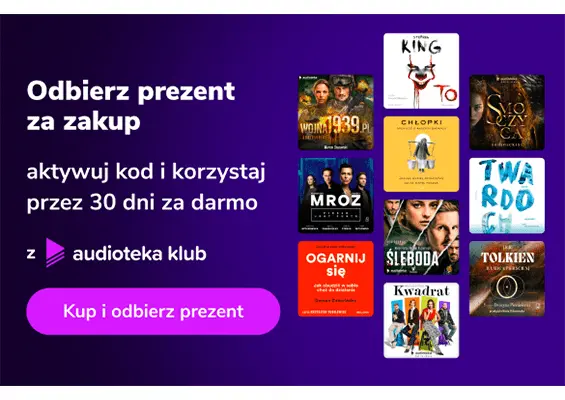Imagine it’s a scorching summer day in New York City and you’re wandering around soaking up the vibes of the BigApple. You’re parched, your water bottle’s been empty for a while and you’re on the lookout for something to quench your thirst. As you meander towards Union Square you spot a crowd huddled around what looks like a vending machine selling refreshments. “Could everyone be as thirsty as I am?” you
wonder. As we get closer, something odd stands out. The words Dirty Water are prominently displayed on the machine’s side. Curiosity piqued, you approach for a closer look. But this is not your typical vending machine. It is depositing bottles of brown water with floating particles of unknown origin, and each “flavour” on offer represents one of three diseases: malaria, cholera or typhoid. By dropping a coin into the machine, you are actually contributing to UNICEF’s mission to provide safe, clean drinking water to children all over the world.
Surprise!
This clever setup from 2009 is an example of guerrilla marketing, an advertising strategy that typically employs unconventional, low-cost techniques to leave a lasting impression and increase consumer engagement. Jay Conrad Levinson, an American business writer and advertising executive, coined the term in his 1984 book Guerrilla Marketing, arguing that the form was similar to methods of guerrilla warfare, in which surprise and strategic mobility are emphasised.
Surprise works because it interrupts daily routines and stands out against the backdrop of predictable patterns. When something out of the ordinary occurs, it breaks the monotony and commands lasting attention.
Going Viral!
Digital platforms have only amplified the potential of guerrilla marketing campaigns. The proliferation of smartphones and social media means that consumers are now not just passive recipients of marketing messages but active participants in their distribution. A campaign can now gain international attention if it strikes the right chord.
As part of their 2009 Fun Theory campaign, Volkswagen transformed a staircase into a working piano at a Swedish subway station. This encouraged people to choose the stairs over the escalator, promoting health and a sense of joy. The campaign went viral, and the original video
has since been viewed 25 mln times. But the expanded reach of digital platforms has blurred definitions of guerrilla marketing, particularly as the cost of stunts increases. In 2012, energy drink Red Bull invested undisclosed millions of dollars on sponsoring a stratospheric jump from space by Austrian Felix Baumgartner, which broke world records and attracted scores of live viewers on YouTube. While the high cost of the stunt deviated from the low budget nature of guerrilla marketing, and may be more suitably termed experiential marketing, the campaign’s core – creating an unforgettable, engaging experience – remains true to guerrilla tactics.
Cały artykuł przeczytasz w czasopiśmie Business English Magazine nr 101.











